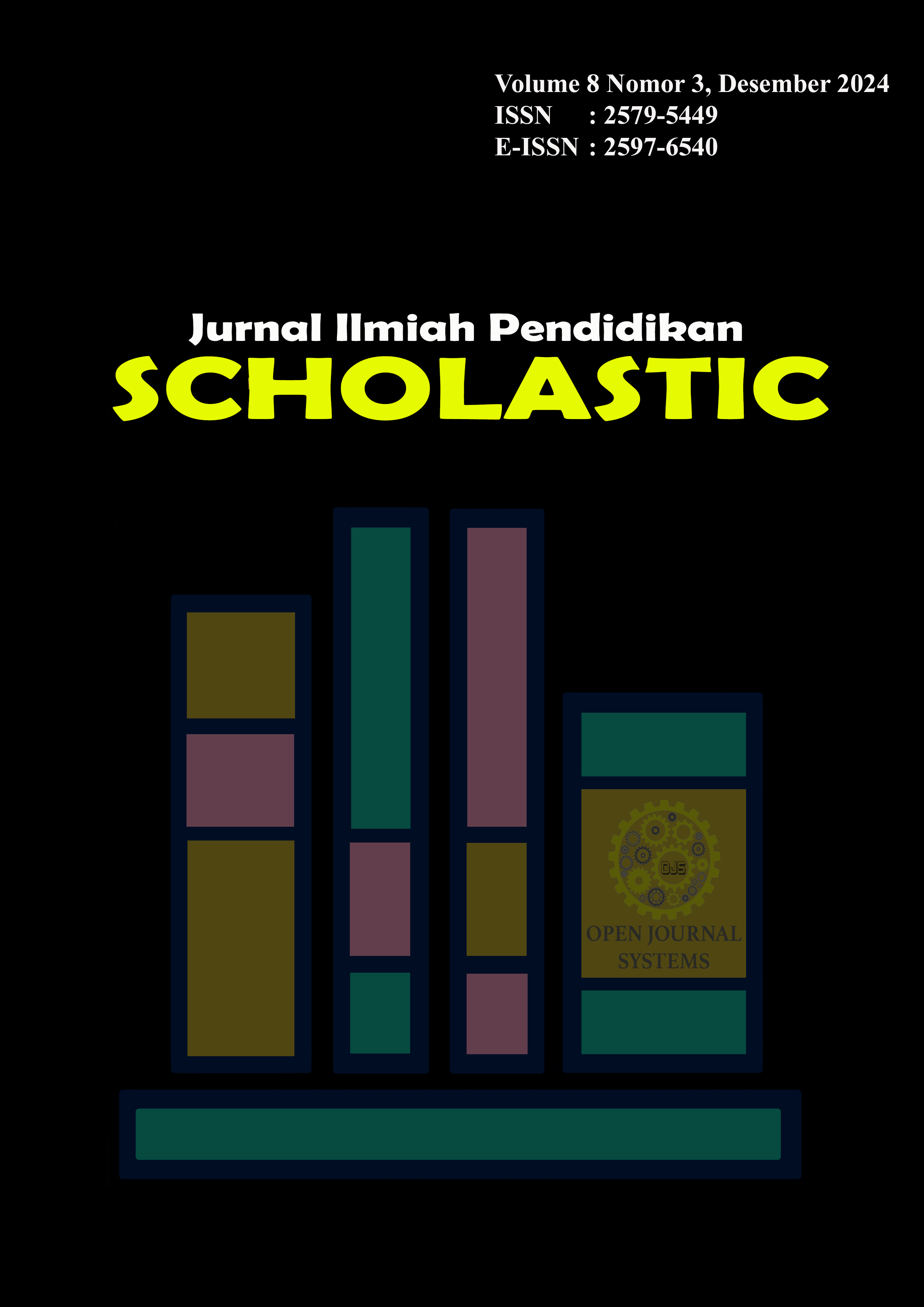The Sikerei Clothing Ornaments’ Meanings in Mentawai Island: A Semiotic Analysis
DOI:
https://doi.org/10.36057/jips.v8i3.709Keywords:
Semiotics, Sikerei Clothing, Mentawai Island, Cultural Meaning, SymbolismAbstract
This research explores the traditional clothing traditions of the Sikerei Mentawai, an indigenous community living in the Mentawai Islands, Indonesia. Sikerei traditional clothing is mostly made from natural fibers such as tree bark (baiko), leaves, bird feathers, chicken feathers, and red kenikir flowers with red ashoka thread or wool woven together to create various decorative elements of sikerei clothing. Men often wear simple tongoro (baiko) made from tree bark, while women wear short skirts made from woven fiber or red cloth. Both men and women can also wear jara-jara (head bands) or red asoka flowers and various other accessories, such as lekkau bracelets, ngalau necklaces, which are made from natural materials. Sikerei traditional clothing is not only a cultural expression but also has a practical purpose. The lightweight and breathable nature of clothing helps the Sikerei people adapt to the tropical climate of the Mentawai Islands, while the use of natural materials reflects their close relationship with the environment and sustainable lifestyle. A qualitative approach allows researchers to explore complex nuances and look beyond raw data to discover meaningful patterns of meaning. In qualitative research, the focus is on process and meaning, as explained by Creswell (2014). Saussure's theory of signs and signifiers is used to analyze the symbolism in traditional Sikerei clothing, which helps understand the meaning contained therein. The conclusion of this analysis is that the Sikerei Mentawai traditional clothing is proof of the resilience and richness of Mentawai culture. This symbolizes a sikerei's strong connection with nature, spiritual beliefs, and commitment to preserving the traditions of the Mentawai Sikerei people. Sikerei traditional clothing is not only an expression of culture but also has a practical purpose, designed for comfort, durability and to suit their lifestyle. These conservation efforts highlight the importance of traditional clothing in maintaining cultural diversity and promoting a sense of belonging within the Mentawai community. Thus, the traditional clothing of the Mentawai Sikerei is not only a symbol of their identity but also a source of pride and a true and special cultural expression.
Downloads
References
[1]Arikunto, S. (1998). Prosedur penelitian: suatu pendekatan praktek. Jakarta: Gramedia.
[2]Atkin, Albert. (2006). Peirce's Theory of Signs. Stanford Encyclopedia of Philosophy..
[3]Bussmann, Hadumod. (2006). Routledge Dictionary of Language and Linguistics, London: Routledge,
[4]Campbell, C., Olteanu, A. and Kull, K. (2019). Learning and knowing as semiosis: Extending the conceptual apparatus of semiotics. Sign Systems Studies 47(3), 352–381.
[5]Chandler, Daniel. (2007). Semiotics: The Basics. London: Routledge.
[6]Craig, Gary. (2012). Understanding 'race' and ethnicity: theory, history, policy, practice. Policy Press.
[7]Creswell, John W. (2014). Research Design, Qualitatives, Quantitative, and Mixed. Methods Approcahes. United State of America: Sage.
[8]Danesi, Marcel. (2007). The Quest for Meaning: A Guide to Semiotic Theory and Practice. Toronto: University of Toronto Press.
[9]Fromkin, Victoria. (2010). An Introduction to Language. Wadsworth Cengage Learning: London.
[10]Hamid, Jenab, Dahlia D., and Andi. (2023). Symbolic Meaning In Traditional Clothes Of Makassar. Humaniora: Journal Of Linguistics, Literature & Education, 3(1), 55-60
[11]Hoy, William G. (2013). Do Funerals Matter? The Purposes and Practices of Death Rituals in Global Perspective. New York: Routledge.
[12]Miles, M and Huberman, A.M. (1994). Qualitative Data Analysis, USA: Sage Publications.
[13]Mulyana, Deddy. (2008). Metodologi Penelitian Kualitatif. Bandung; PT Remaja
[14]Nöth, Winfried. (2022). Handbook of Semiotics. Indiana University Press.
[15]Peirce, Charles Sanders. (2009). Semiosis: The Subject Matter of Semiotic Inquiry. Basics of Semiotics Estonia: Tartu University Press.
[16]Petrilli, Susan. (2009). Semiotics as semioethics in the era of global communication. Semiotica. 9(173), 343–67.
[17]Ponzio, Augusto and S. Petrilli. (2007). Semiotics Today. From Global Semiotics to Semioethics, a Dialogic Response. New York: Legas.
[18]Rachman, Syaiful, Hamiru, M Chairul Basrun Umanailo, Yulismayanti, and Harziko Harziko. (2019). Semiotic Analysis Of Indigenous Fashion In The Island Of Buru. International Journal Of Scientific & Technology Research, 8(08).
[19]Saussure, Ferdinand de. (2012). Course in General Linguistics. New York: The Philosophical Library.
[20]Saussure, Ferdinand de. (2020). Nature of the Linguistics Sign. McGraw Hill Education.
[21]Sebeok, Thomas. (2012). Semiotic Prologues. Ottawa: Legas.
[22]Short, T.L. (2007). Peirce's Theory of Signs. Cambridge University Press.
[23]Strauss, Claude Lévin. (2014). What is the Structure linguistics. Sage Publication: London.
[24]Sudaryanto. (1993). Metode Dan Aneka Teknik Analisis Bahasa. Yogyakarta
[25]Sugiyono. (2007). Metode Penelitian Kuantitatif Kualitatif dan R&D. Bandung: Alfabeta.
[26]Deely, John. (2005). Basics of Semiotics. Estoria: Tartu University Press.
Downloads
Published
How to Cite
Issue
Section
License
Copyright (c) 2024 Jurnal Ilmiah Pendidikan Scholastic

This work is licensed under a Creative Commons Attribution-NonCommercial-ShareAlike 4.0 International License.










